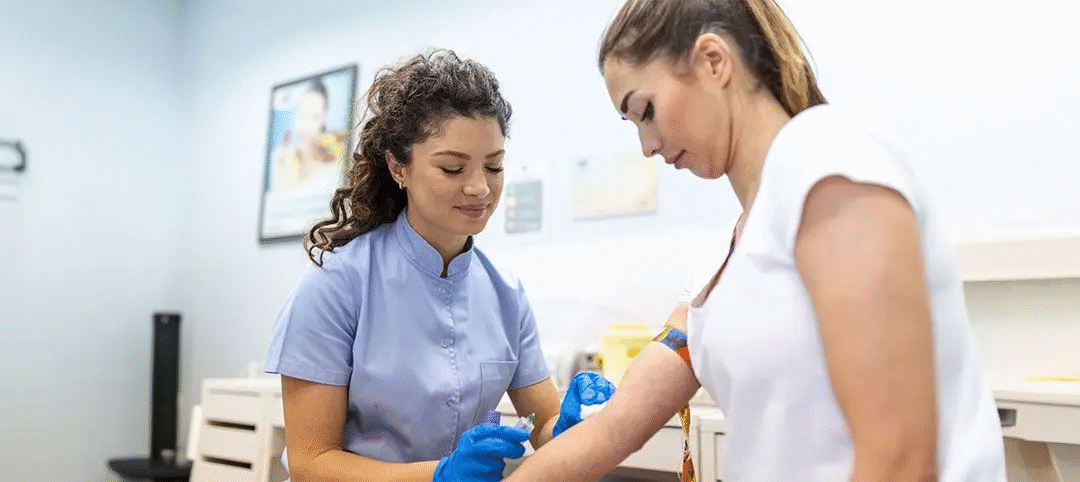Embarking on a journey to restore your hair can be both exciting and life-changing. With advancements in medical technology, hair restoration procedures have become more effective, minimally invasive, and accessible. If you’re considering a hair transplant Abu Dhabi, understanding the process, benefits, and what to expect is essential for making an informed decision. This guide aims to provide detailed insights into hair transplant procedures, addressing common concerns such as scarring, results, and recovery, all tailored to meet your informational needs.
What Is a Hair Transplant?
Defining Hair Transplantation
A hair transplant is a surgical procedure designed to transfer hair follicles from one part of the body (typically the scalp’s donor area) to areas experiencing hair loss or thinning. This procedure is increasingly popular among individuals seeking permanent solutions to hair loss, offering natural-looking results that can significantly boost confidence and self-esteem.
How Hair Transplant Works
The process involves extracting healthy hair follicles from a dense hair area and implanting them into the balding or thinning zones. Techniques such as Follicular Unit Transplantation (FUT) and Follicular Unit Extraction (FUE) are commonly used, each with distinct methodologies suited to different patient needs.
Why Choose a Hair Transplant in Abu Dhabi?
Growing Medical Tourism and Expertise
Abu Dhabi has established itself as a hub for advanced medical procedures, including hair restoration. The city boasts state-of-the-art clinics with experienced specialists who utilize the latest techniques, ensuring high-quality outcomes. The combination of professional expertise, modern facilities, and a welcoming environment makes Abu Dhabi an attractive destination for hair transplant procedures.
Benefits of Opting for a Hair Transplant in Abu Dhabi
- Access to cutting-edge technology and innovative techniques
- Highly trained and experienced medical professionals
- Comfortable and modern clinical settings
- Opportunity to combine treatment with leisure or tourism activities in the region
Does Hair Transplant in Abu Dhabi Cause Scars?
Addressing Concerns about Scarring
One of the most common questions among prospective patients is whether the procedure leads to noticeable scars. Thanks to advanced techniques like FUE, hair transplant in Abu Dhabi generally results in minimal scarring. FUE involves extracting individual follicles, leaving tiny, almost invisible scars that are easily concealed by existing hair.
Scar Minimization and Post-Procedure Care
Clinicians in Abu Dhabi prioritize techniques that reduce scarring and ensure quick healing. Proper post-operative care further minimizes any visible marks, allowing patients to resume their daily routines with confidence.
Types of Hair Transplant Techniques Available
Follicular Unit Transplantation (FUT)
FUT involves removing a strip of scalp tissue from the donor area, which is then dissected into individual follicular units for implantation. While effective, FUT may leave a linear scar, which can be concealed with longer hair.
Follicular Unit Extraction (FUE)
FUE is a minimally invasive technique where individual hair follicles are extracted using a specialized punch tool. This method leaves tiny, dot-like scars that are virtually invisible and allow for a more natural appearance.
Choosing the Right Technique
The selection between FUT and FUE depends on various factors, including hair loss pattern, scalp condition, and personal preferences. Consulting with a qualified specialist in Abu Dhabi will help determine the most suitable approach for your needs.
The Hair Transplant Procedure: Step-by-Step
Pre-Procedure Preparation
Before the procedure, a thorough consultation assesses hair loss patterns, donor area quality, and expectations. Patients are advised to follow specific guidelines to prepare for optimal results.
The Surgical Process
- Anesthesia: Local anesthesia ensures comfort during the procedure.
- Extraction: Depending on the technique, follicles are either dissected from a strip or individually extracted.
- Preparation: The recipient area is prepared for implantation.
- Implantation: Hair follicles are carefully transplanted into the balding areas, following natural hair growth patterns.
Post-Procedure Recovery
Post-surgery, patients may experience mild swelling or discomfort, which typically subsides quickly. Following aftercare instructions is crucial for healing and achieving the best results.
Expected Results and Timeline
Immediate Post-Transplant Period
Initially, transplanted hair may fall out within a few weeks—this is a normal part of the hair growth cycle.
Hair Growth Phases
New hair begins to grow around three to four months after the procedure, with noticeable results typically seen between six to nine months.
Long-Term Outcomes
With proper care and maintenance, the transplanted hair can last a lifetime, providing a permanent solution to hair loss.
Post-Transplant Care and Maintenance
Follow-Up and Monitoring
Regular follow-up appointments allow clinicians to monitor progress, address any concerns, and provide guidance for optimal healing.
Lifestyle and Hair Care Tips
Maintaining a healthy scalp through proper hygiene, avoiding excessive sun exposure, and using recommended hair products contribute to the longevity and appearance of transplanted hair.
Common Myths and Facts About Hair Transplant in Abu Dhabi
Hair Transplant Looks Artificial
When performed by skilled surgeons, hair transplants produce natural-looking results that blend seamlessly with existing hair.
The Procedure Is Painful
Local anesthesia and modern techniques ensure minimal discomfort during and after the procedure.
Transplanted Hair Falls Out Quickly
Transplanted hair follows a natural growth cycle, and with proper care, it can last a lifetime.
Hair Transplant Is Only for Men
Women experiencing pattern hair loss can also benefit from hair transplant procedures.
Choosing the Right Clinic for Hair Transplant in Abu Dhabi
Factors to Consider
- Accreditation and certifications
- Experience and specialization of surgeons
- Use of advanced technology
- Patient care and aftercare services
- Facilities and hygiene standards
The Consultation Process
A comprehensive consultation helps assess individual needs, set realistic expectations, and develop a personalized treatment plan.
FAQs
Does Hair Transplant in Abu Dhabi Cause Scars?
Thanks to modern techniques like FUE, hair transplant in Abu Dhabi typically results in minimal, almost invisible scars, allowing for natural-looking results and easy concealment.
How Long Does It Take to See Results After a Hair Transplant?
Initial shedding occurs within a few weeks, with new hair growth becoming noticeable around three to four months. Significant improvements are usually visible between six to nine months.
Is a Hair Transplant Suitable for All Types of Hair Loss?
While most types of hair loss can be addressed with a transplant, suitability depends on individual factors such as scalp condition and hair loss pattern. Consulting a specialist helps determine the best approach.
Can Women Undergo Hair Transplant Procedures?
Yes, women experiencing pattern hair loss or thinning are suitable candidates for hair transplant procedures, with personalized treatment plans tailored to their needs.
Conclusion
Opting for a hair transplant in Abu Dhabi can be a transformative decision, offering a permanent solution to hair loss with minimal scarring and natural results. By understanding the procedure, choosing experienced specialists, and following proper aftercare, individuals can achieve a significant boost in confidence and appearance. Always prioritize thorough research and professional guidance to ensure the best possible outcome on your hair restoration journey.







0 Comments